by Noah Apr 19,2025
In 2023, the ROG Ally made a significant impact as a compelling alternative to the Steam Deck, thanks to its Windows operating system that offers access to a broader range of games. The subsequent release of the ROG Ally X in the following year not only enhanced its internal components but also improved ergonomics and cooling, making it even more comfortable to use. While its primary allure is its portability, the ROG Ally also offers the flexibility to enjoy gaming on a larger screen, whether it's a TV or a gaming monitor. Both models of the ROG Ally support connection to external displays, allowing you to elevate your gaming experience. Below, we provide a comprehensive guide on how to connect your ROG Ally to a TV or monitor, complete with step-by-step instructions and our top recommendations.
Connecting your ROG Ally to a TV or monitor can be achieved through various methods, but using an adapter is a straightforward and space-efficient option. You can choose from a compact dongle-style adapter, a direct cable, or the official ROG Gaming Charger Dock, depending on your preference.
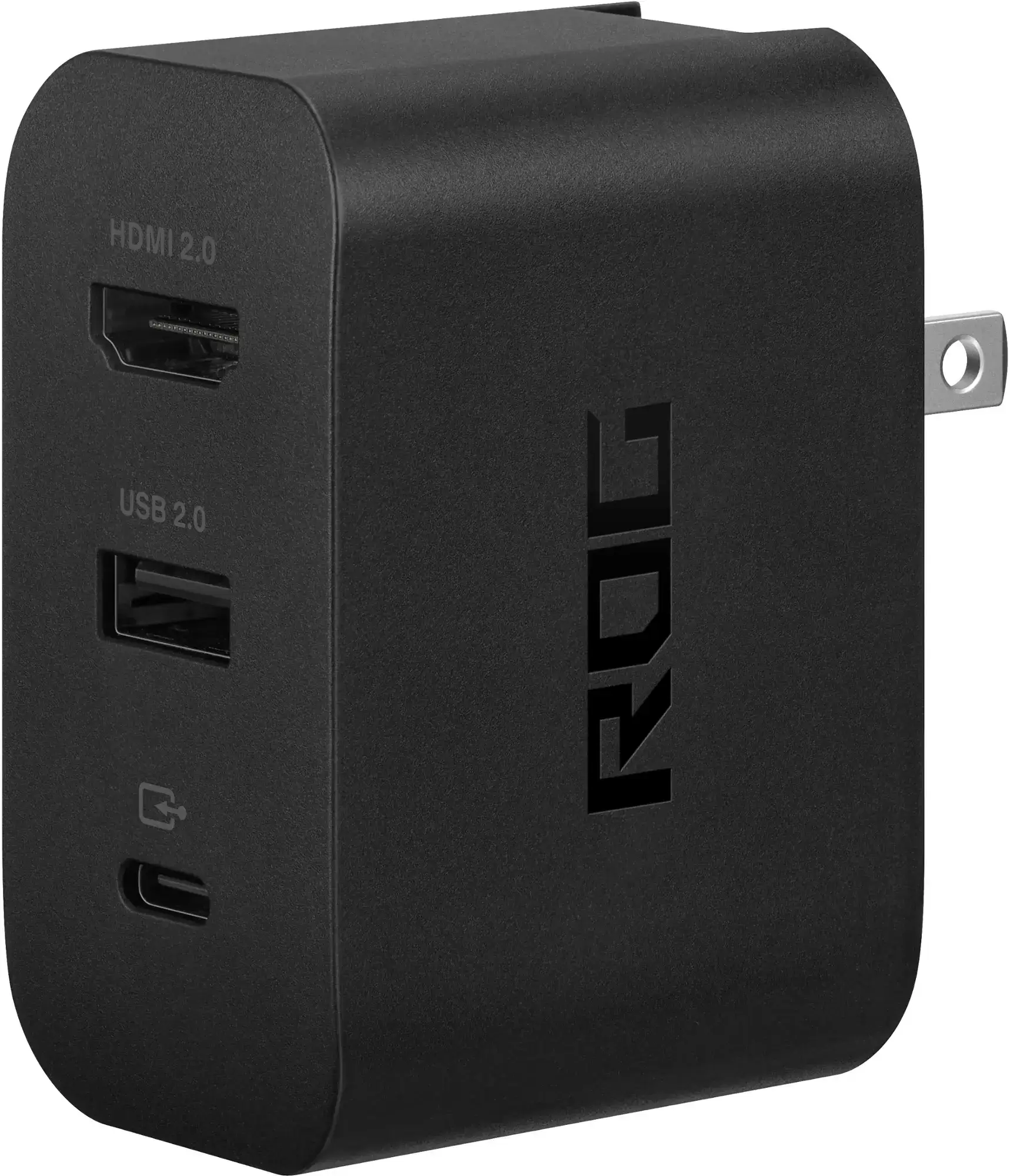
The official ROG Gaming Charger Dock is the most space-saving adapter option and it also serves as a charger for your device. You'll need a USB-C cable and an HDMI cable to get started. This dock also features a USB-A port, allowing you to connect additional peripherals like a mouse or keyboard.
Alternatively, you can use a third-party USB-C to HDMI adapter, connecting it directly to the ROG Ally's USB-C port. Then, attach an HDMI cable from the adapter to your TV or monitor. For a one-cable solution, consider a USB-C to HDMI cable that directly links your ROG Ally to your external display.
Some USB-C to HDMI adapters offer a passthrough USB-C port, which can charge your ROG Ally while it's connected to an external display. If your adapter has this feature, you'll also need an additional USB-C cable and your power adapter to keep the device powered during gameplay.
For a setup reminiscent of the Nintendo Switch, a docking station might be the preferred choice. While the ROG Ally doesn't have an official docking station beyond the ROG Gaming Charger Dock, there are numerous third-party options available. These docking stations not only connect your ROG Ally to a TV or monitor but also provide a stand and charging capabilities.

Basic docking stations for the ROG Ally typically include an HDMI port and a USB-C passthrough charging port. For a more advanced setup, you can opt for docks with additional USB ports for peripherals, external hard drive connections, Ethernet ports for a stable internet connection, SD card slots for memory expansion, and even a Display Port for additional screens. Portable docking solutions are ideal for travel, and many docks designed for the Steam Deck are also compatible with the ROG Ally.
While you can connect a mouse and keyboard to your ROG Ally's docking solution, using a wireless controller often provides the most comfortable and intuitive gaming experience on a larger display. The ROG Ally supports any Bluetooth-enabled gaming controller. Below are our top recommendations for controllers that work seamlessly with the ROG Ally:
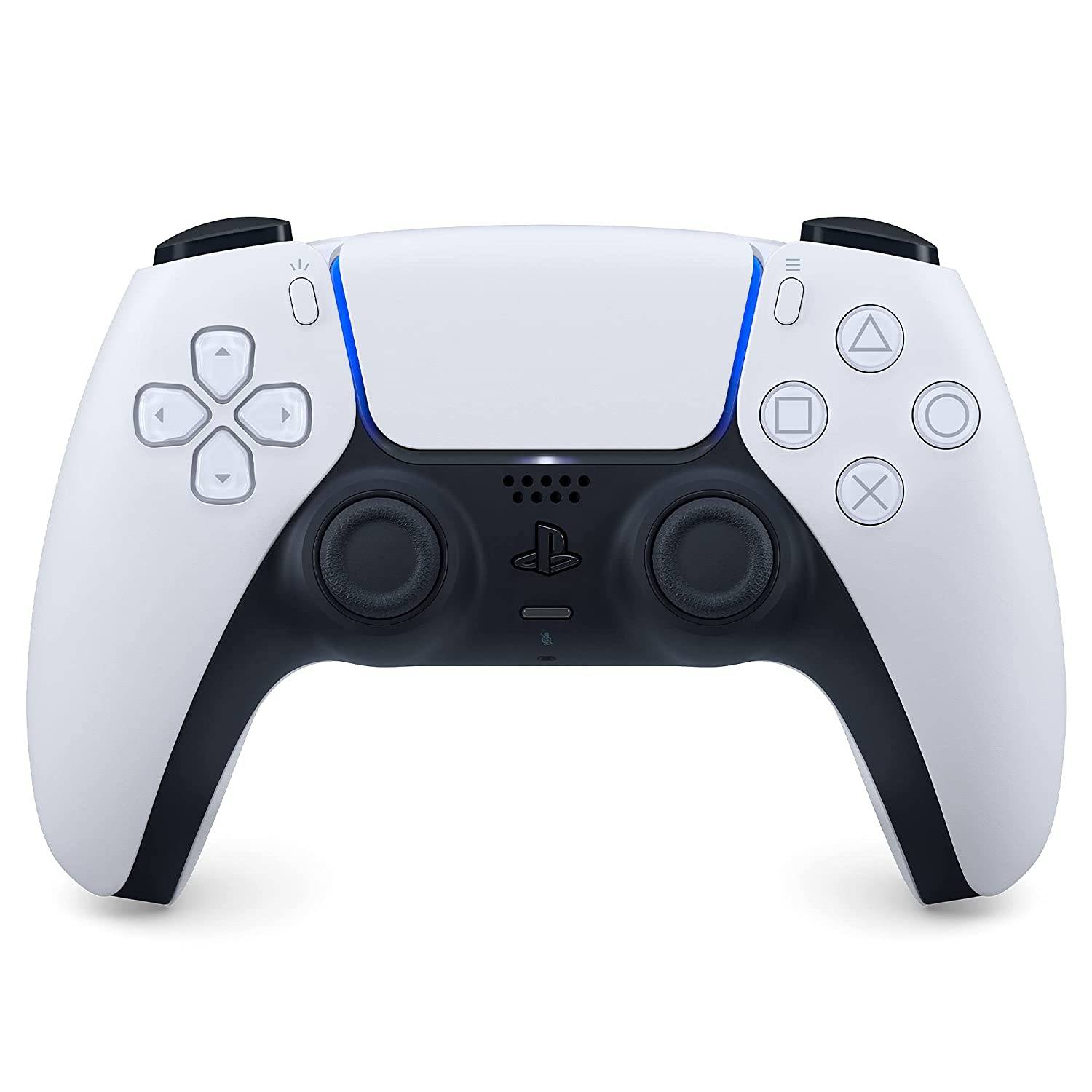 Our Top Pick: Sony DualSense
See it at Amazon | See it at Best Buy | See it at Target
Our Top Pick: Sony DualSense
See it at Amazon | See it at Best Buy | See it at Target
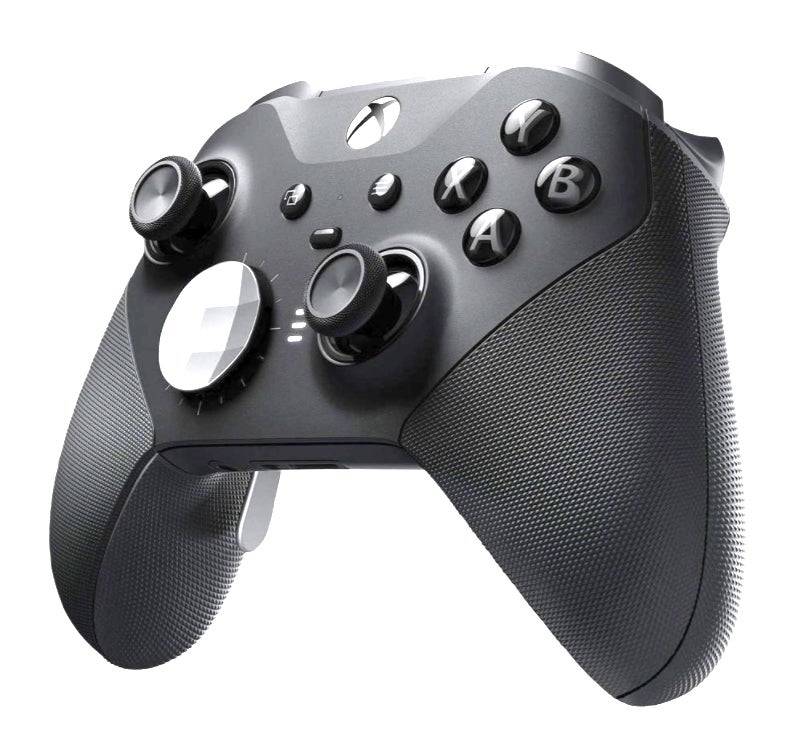 Xbox Elite Series 2 Controller
See it at Amazon | See it at Best Buy
Xbox Elite Series 2 Controller
See it at Amazon | See it at Best Buy
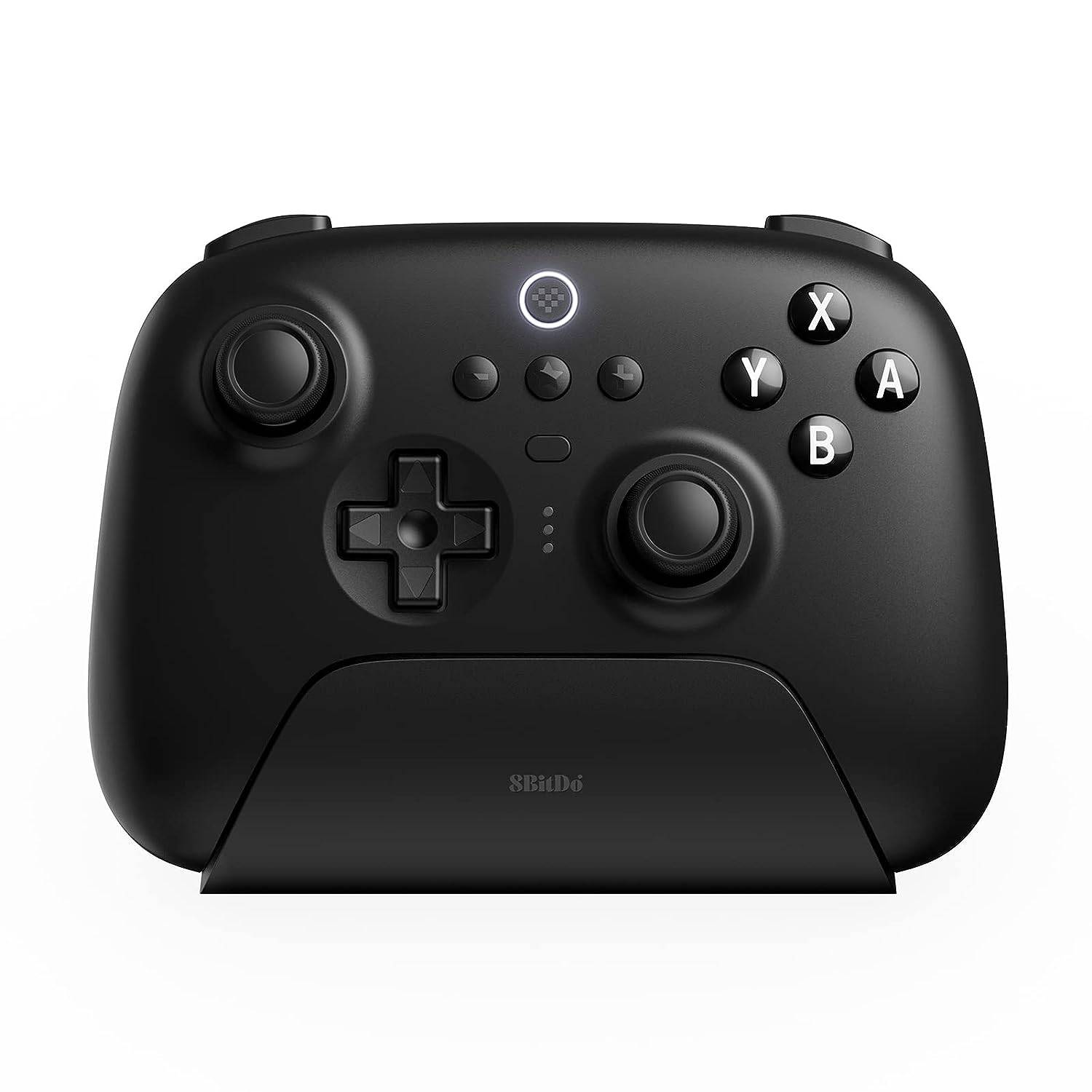 8BitDo Ultimate Controller
See it at Amazon
8BitDo Ultimate Controller
See it at Amazon
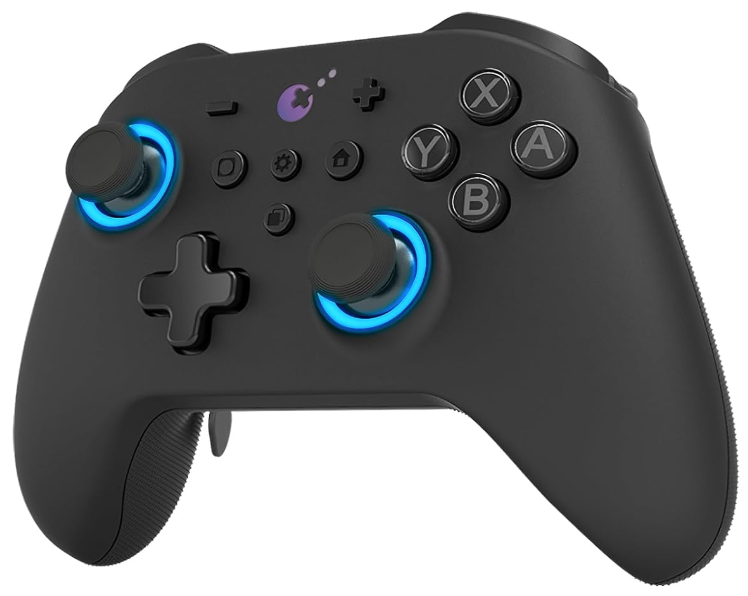 GuliKit KingKong 3 Max Controller
See it at Amazon
GuliKit KingKong 3 Max Controller
See it at Amazon
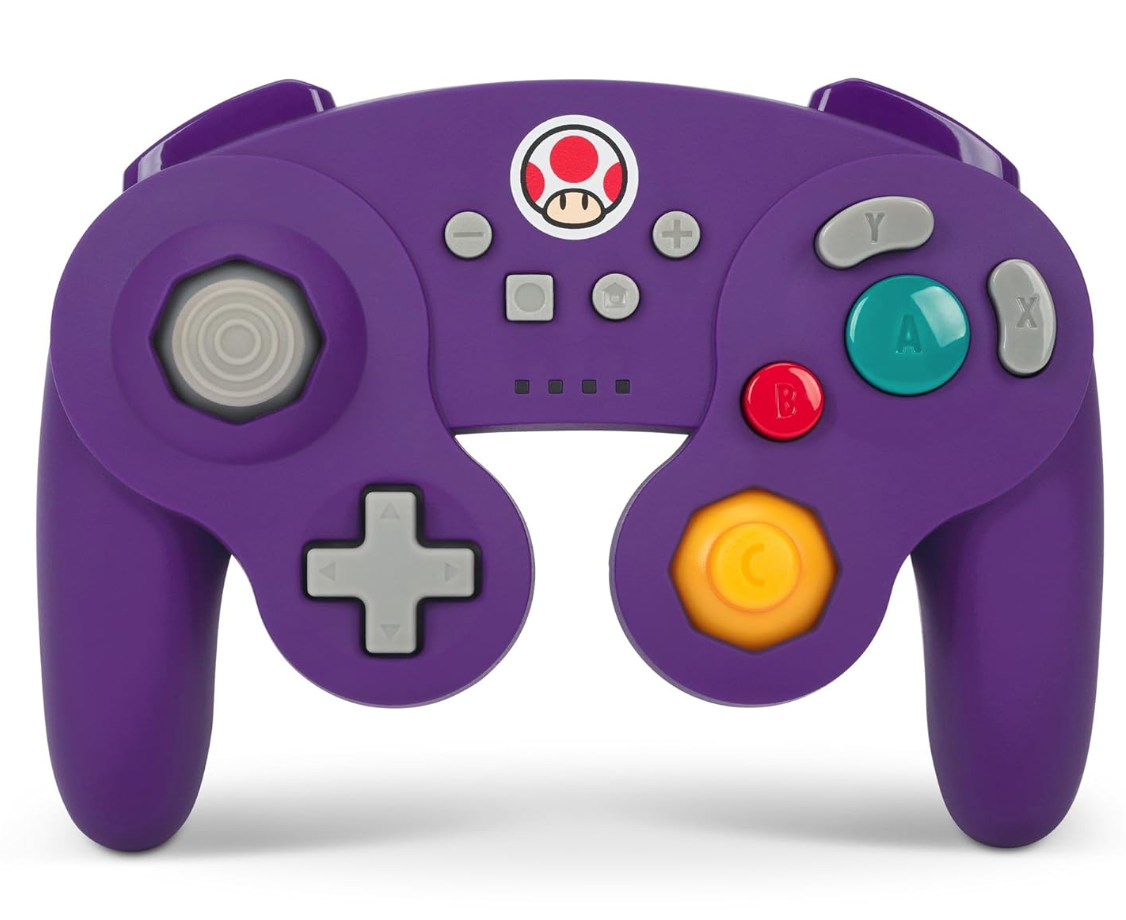 PowerA Wireless GameCube Style Controller
See it at Amazon
PowerA Wireless GameCube Style Controller
See it at Amazon
These recommendations include first-party options such as the PS5's DualSense, the Xbox Wireless Controller, or the Nintendo Switch Pro Controller, as well as a variety of third-party controllers. Some controllers use a 2.4GHz wireless connection with a USB adapter, which typically provides lower latency and better range than standard Bluetooth controllers. For those preferring a wired solution, a USB controller can be directly connected to your ROG Ally or docking station for a plug-and-play experience.
Mobile Legends: January 2025 Redeem Codes Released
Pokemon TCG Pocket: Paralyzed, Explained (& All Cards with ‘Paralyze’ Ability)
Android Action-Defense
Brutal Hack And Slash Platformer Blasphemous Is Coming To Mobile, Pre-Registration Now Live
Pokémon TCG Pocket Is Dropping a Trade Feature and Space-Time Smackdown Expansion Soon
Mythical Island Debuts in Pokemon TCG, Time Revealed
GWENT: Top 5 Decks for 2025 - Strategies Revealed
Marvel Rivals Showcases New Midtown Map

Fairy Evolution: Magic Idle
Download
Pocket Journey (Unreleased) by Maryanne Adams
Download
Labo Christmas Train Game:Kids
Download
Lucky Lady's Charm Deluxe Slot
Download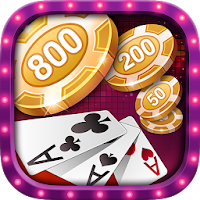
Vô Cực Đại Chiến
Download
Lunch with Ronan mod
Download
Diamond Deluxe Casino - Free Slot Machines
Download
Shopping Mall 3D Mod
Download
Priya’s Awakening
Download